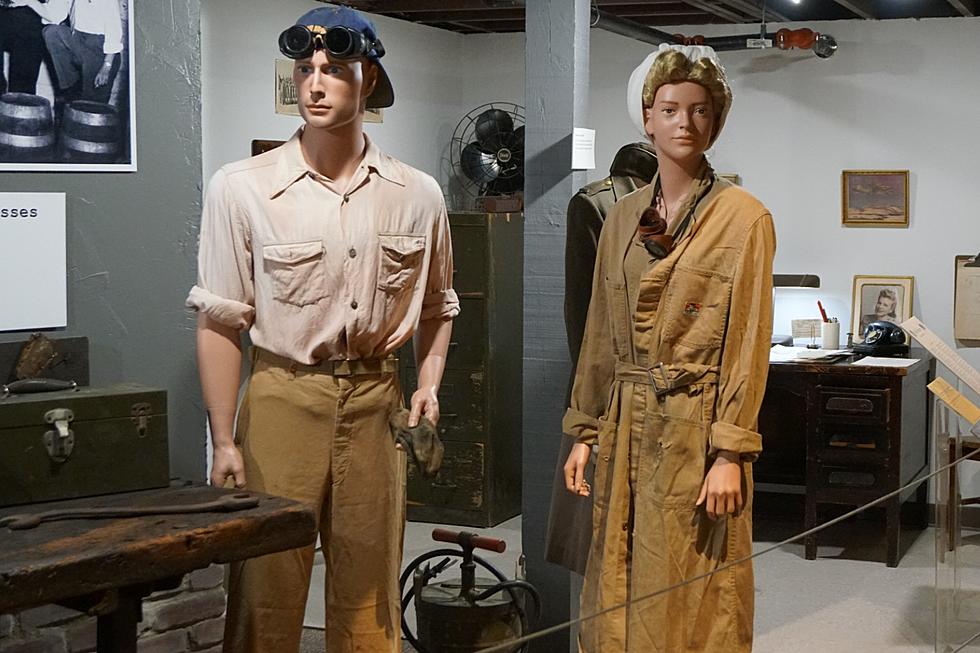
Benedictine Monks Arrive In St. Cloud – On ‘This Date In Central Minnesota History’
COLLEGEVILLE - Early in April, 1856, a small missionary band, composed of Reverend Demetrius di Marogna, Father Cornelius Wittmann and Bruno Riss along with two lay brothers, Benno Muckenthaler and Patrick Greil, set out from St. Vincent’s monastery in Pennsylvania. After a tedious journey by steamboat down the Ohio and up the Mississippi, these fathers arrived in St. Cloud on May 20, 1856, one hundred and fifty five years ago today. This arrival inaugurated one of the more fascinating chapters in the religious history of St. Cloud.
St. Cloud prior to the Benedictines arrival in 1856 was a scene of change. About the middle of the last century, the part of central Minnesota lying west of the Mississippi was thrown open for settlement and a stream of settlers poured into the area. In a short time the face of the primitive wilderness was changed. The Indian tribes had been induced to move northward and their former hunting grounds were soon transformed into promising fields; roads were constructed across country; stage routes afforded facilities for travel by land and small steamboats passed up and down the Mississippi River between Minneapolis and St. Cloud.
A great number of these immigrants who arrived between 1854 and 1855 were Germans and Catholics. Their spiritual care immediately became an important subject of attention. In all the northern part of the Territory of Minnesota there was at the time only one priest, Reverend Francis Pierz (1785-1880). Reverend Pierz became the first spiritual leader of the Catholic Community in St. Cloud, serving both the Indians in the northern and eastern parts of the territory along with the new Germans immigrants who settled in Stearns County. It was a laborious task for an older man who was called upon to travel great distances to care for the spiritual needs of the predominately German Catholic population of the area. The work exceeded his powers. Thus he appealed to the bishop of St. Paul to secure German priests for the new settlements.
The request was relayed to Reverend Boniface Wimmer, who ten years prior had come from the ancient monastery of Metten in Bavaria to the United States and founded the Benedictine monastery of St. Vincent’s in Pennsylvania. Upon receiving the request from Father Pierz he sent out the brothers who arrived in St. Cloud on May 20 with a mission to attend to the spiritual needs of the populous.
Their arrival marked the beginning of the great progress made with the help of the Benedictine Order. Without delay these Benedictine Fathers proceeded to establish a monastery to tend to the spiritual needs of the Germans who had been attracted by Father Pierz’s articles. From this monastery the Fathers visited the settlements in Stearns and neighboring counties, gathered the people, formed congregations, began erecting churches and schools and soon had the satisfaction to learn that their labors were not unrewarded, for the people responded eagerly, and soon log chapels were reared, which in many instances named the settlements, as St. Joseph, St. Augusta, St. Wendel, St. Martin, etc. The establishment of a Benedictine monastery in central Minnesota led to an even greater influx of German Catholics.
Among the ecclesiastical goals of the monastery, the Benedictine order wished to establish a means for educating the citizens of the settlement. The Benedictines began to establish a school system, although not originally accepted by the German immigrants, and organized the first private institution for higher education in Minnesota. St. John’s University, founded on November 10, 1857, remains today the oldest continuous establishment of higher learning in the state. The Benedictine monks influence is still felt today in both their religious and community endeavors to serve the Catholic presence in Stearns County.
Thanks to Stearns History Museum intern Brittany Bokovoy (CSB/SJU student) and the Stearns History Museum for their help with our series, “This Date In Central Minnesota History”.
More From AM 1240 WJON







![Autumn Kicks Off in St. Cloud at 2nd Annual Harvest Fest [PHOTOS]](http://townsquare.media/site/67/files/2022/09/attachment-DSC08984.jpg?w=980&q=75)

